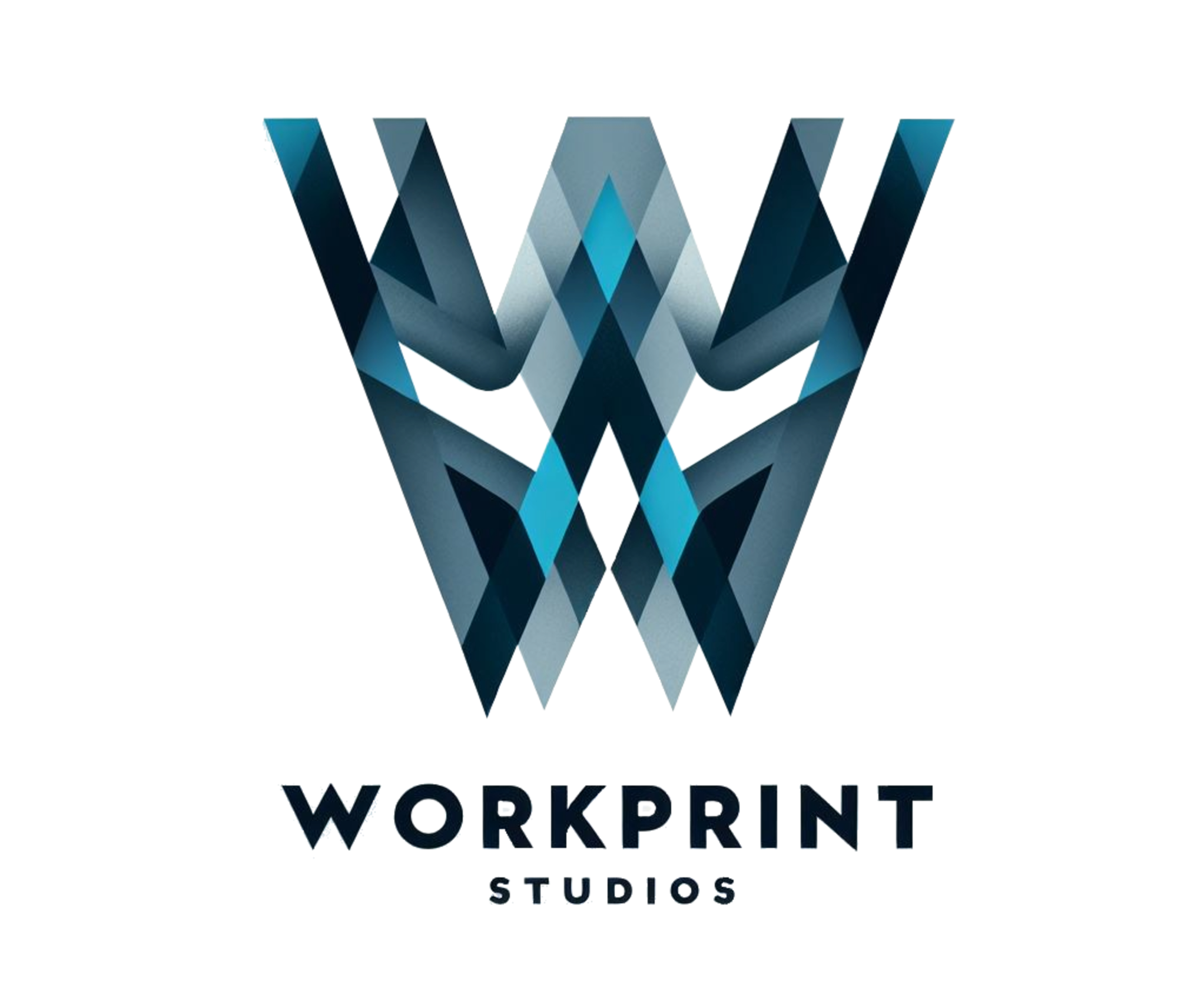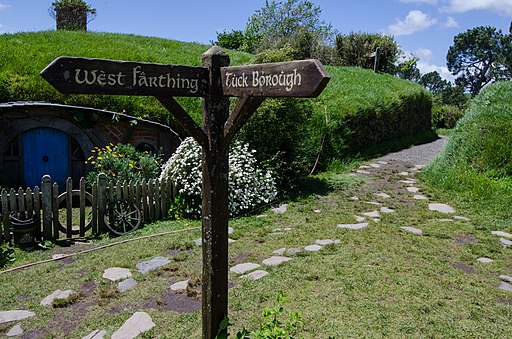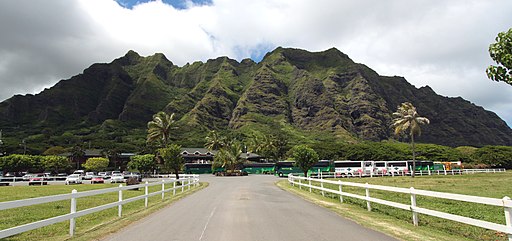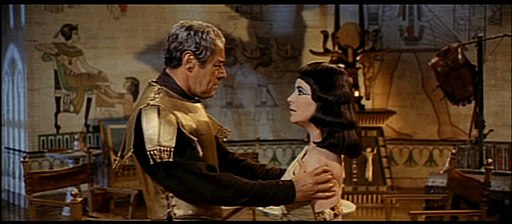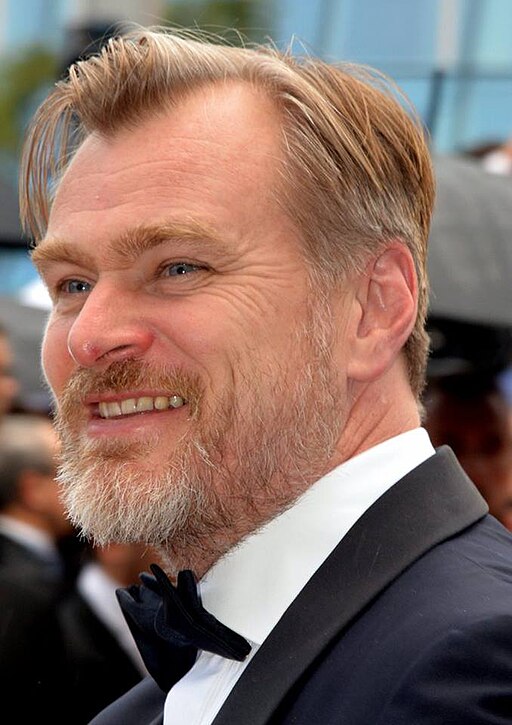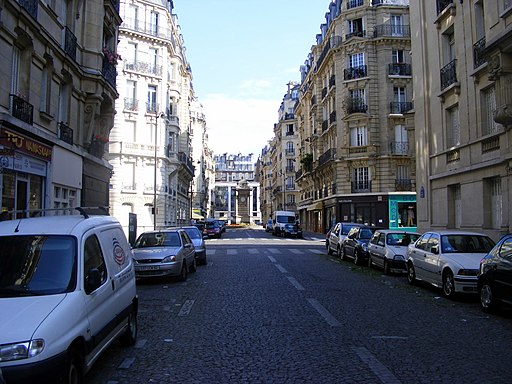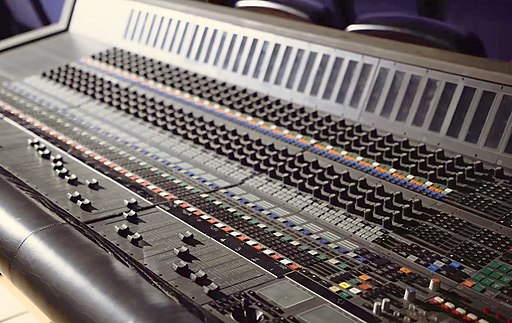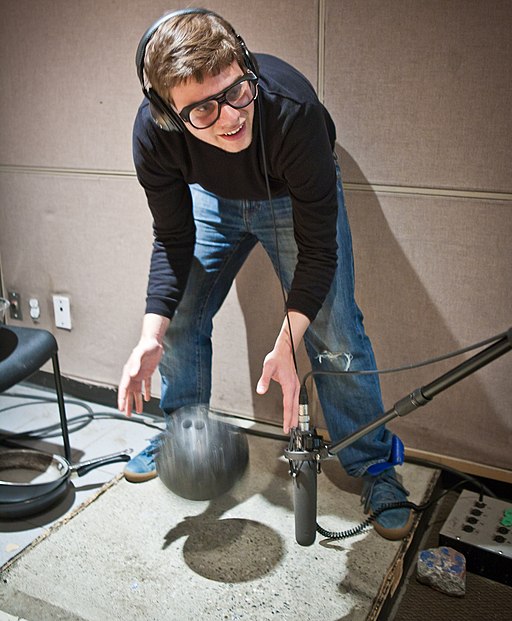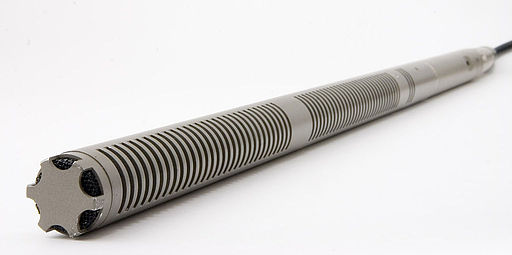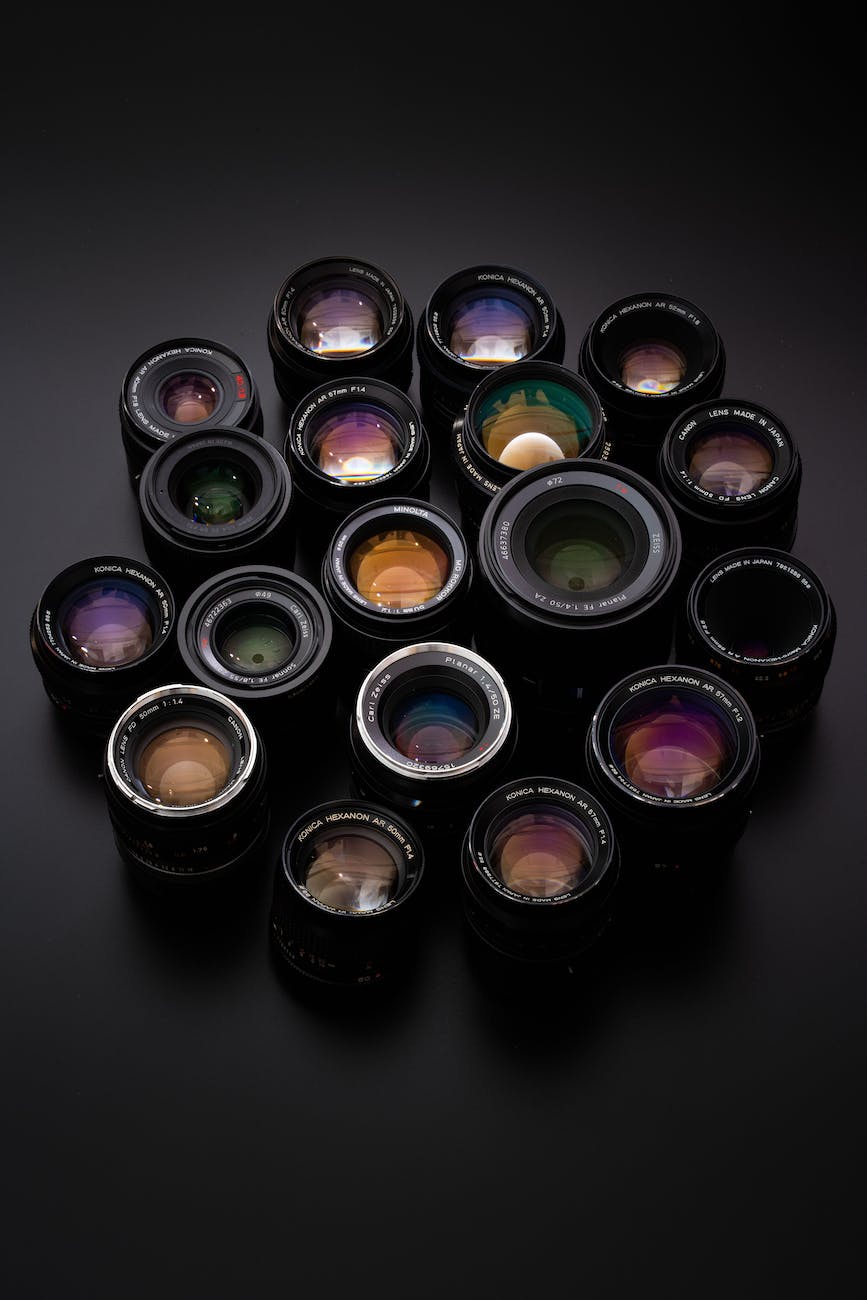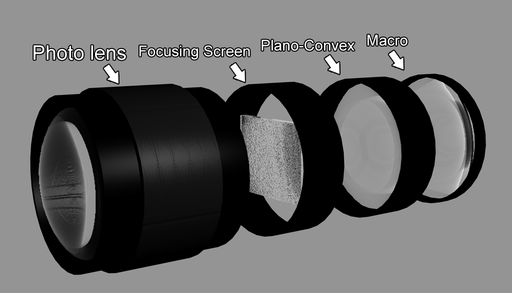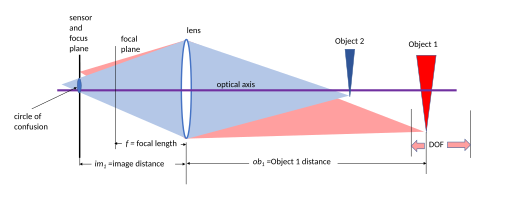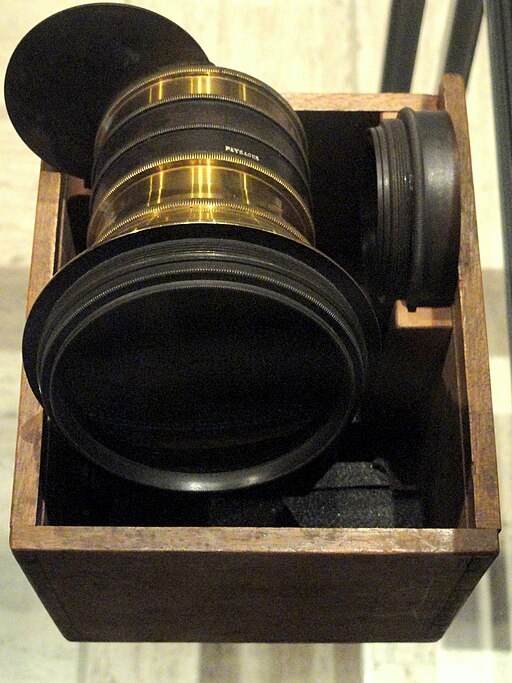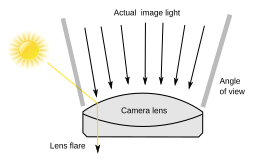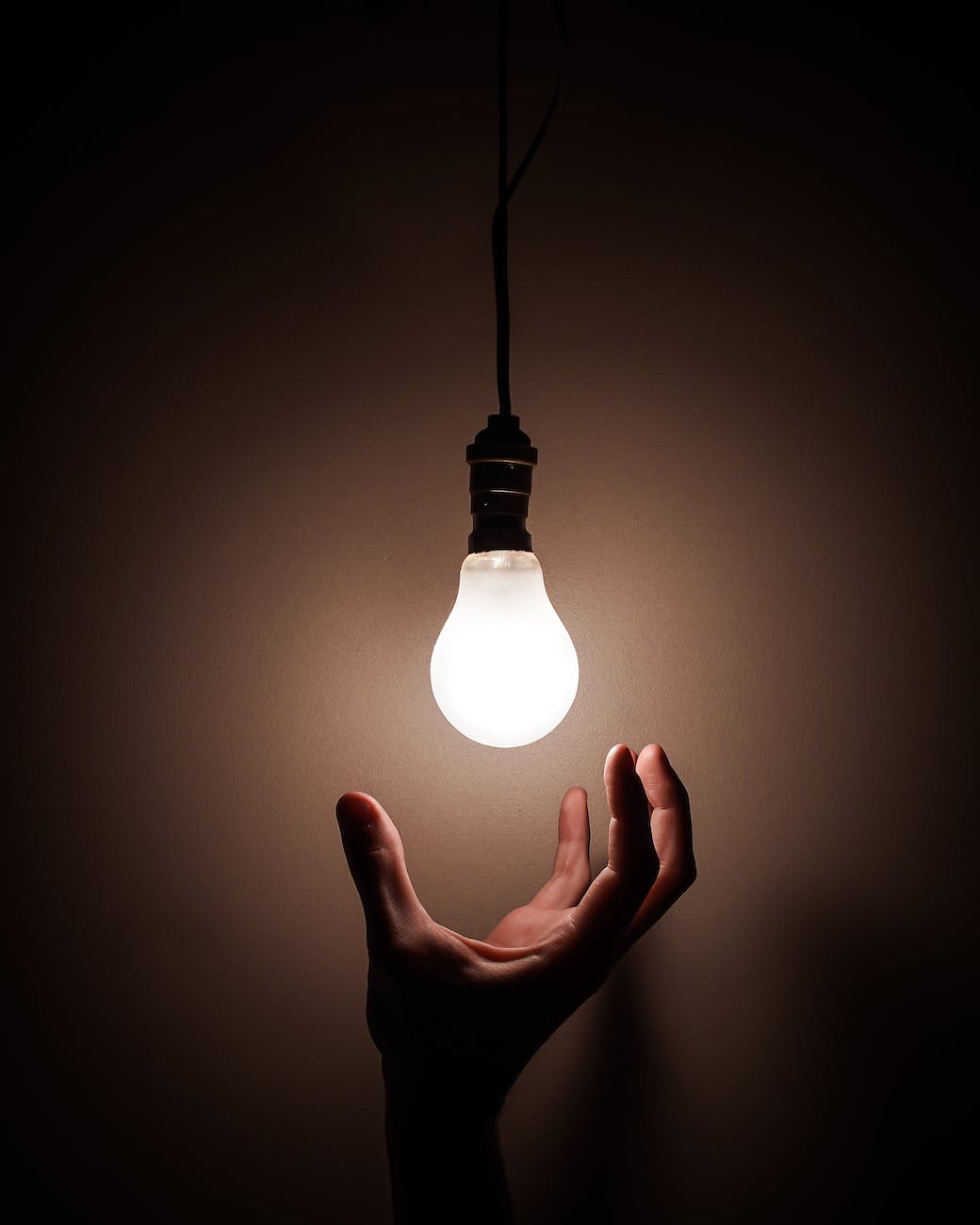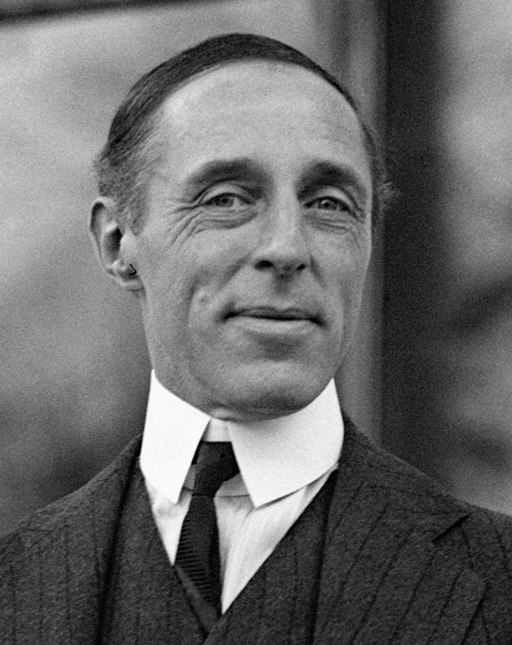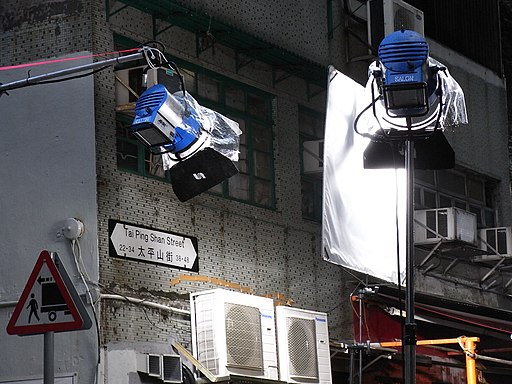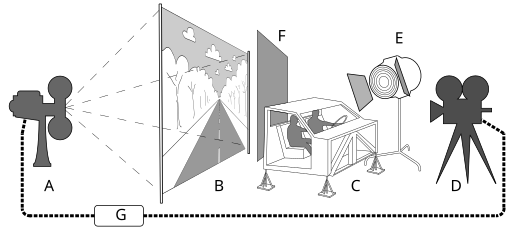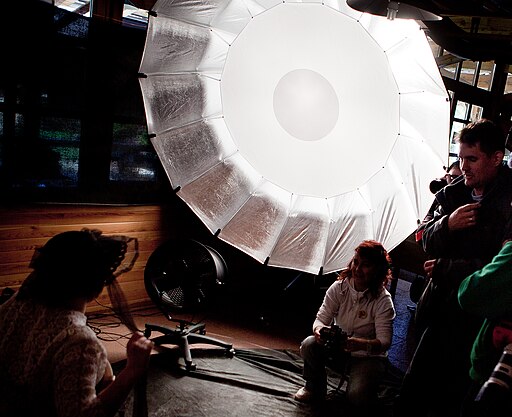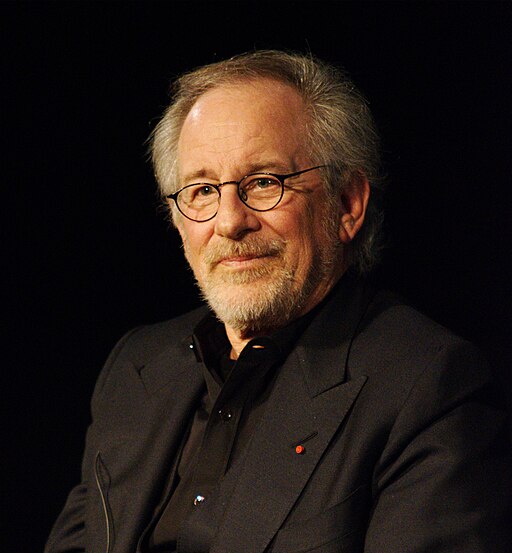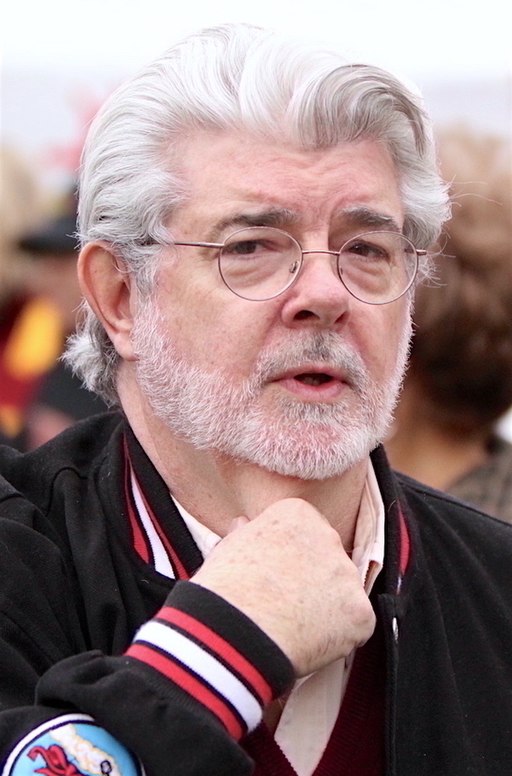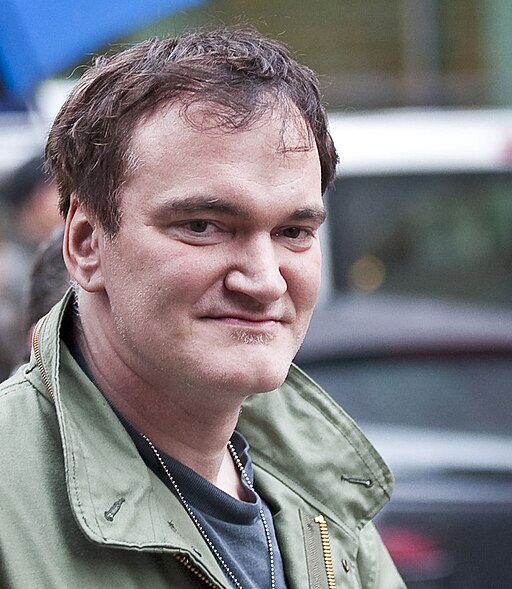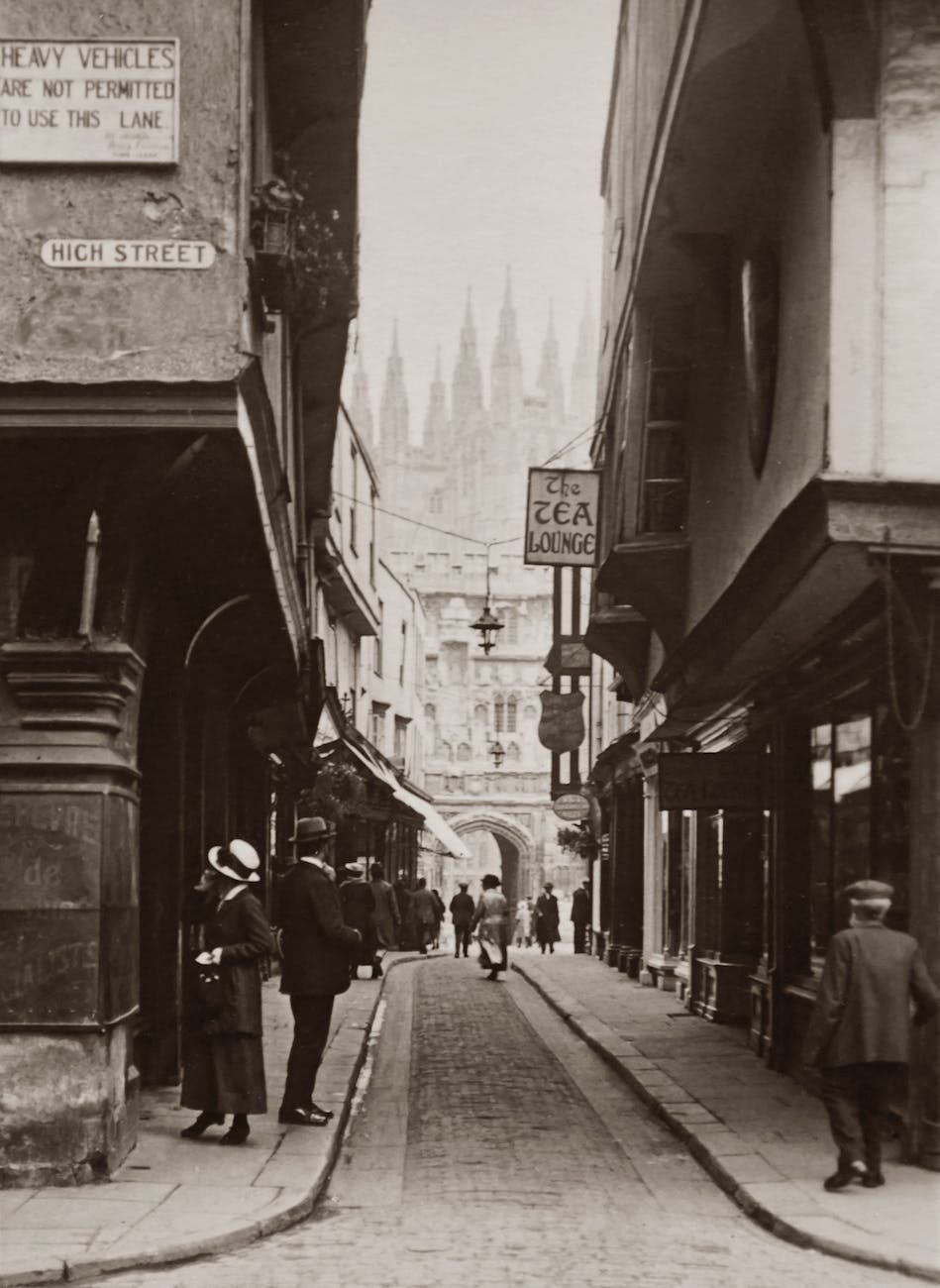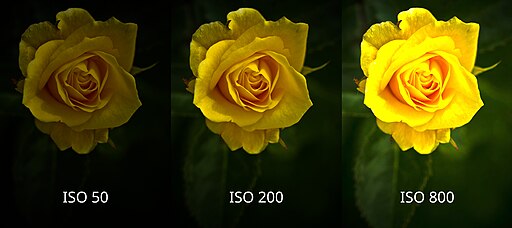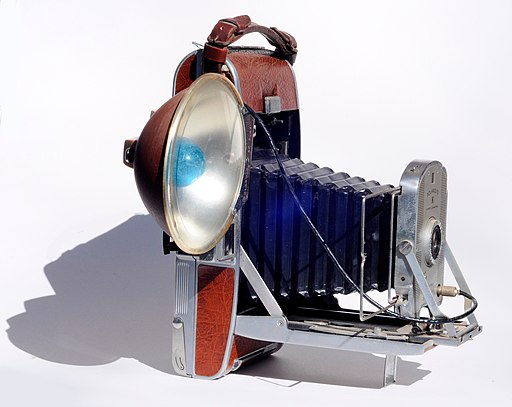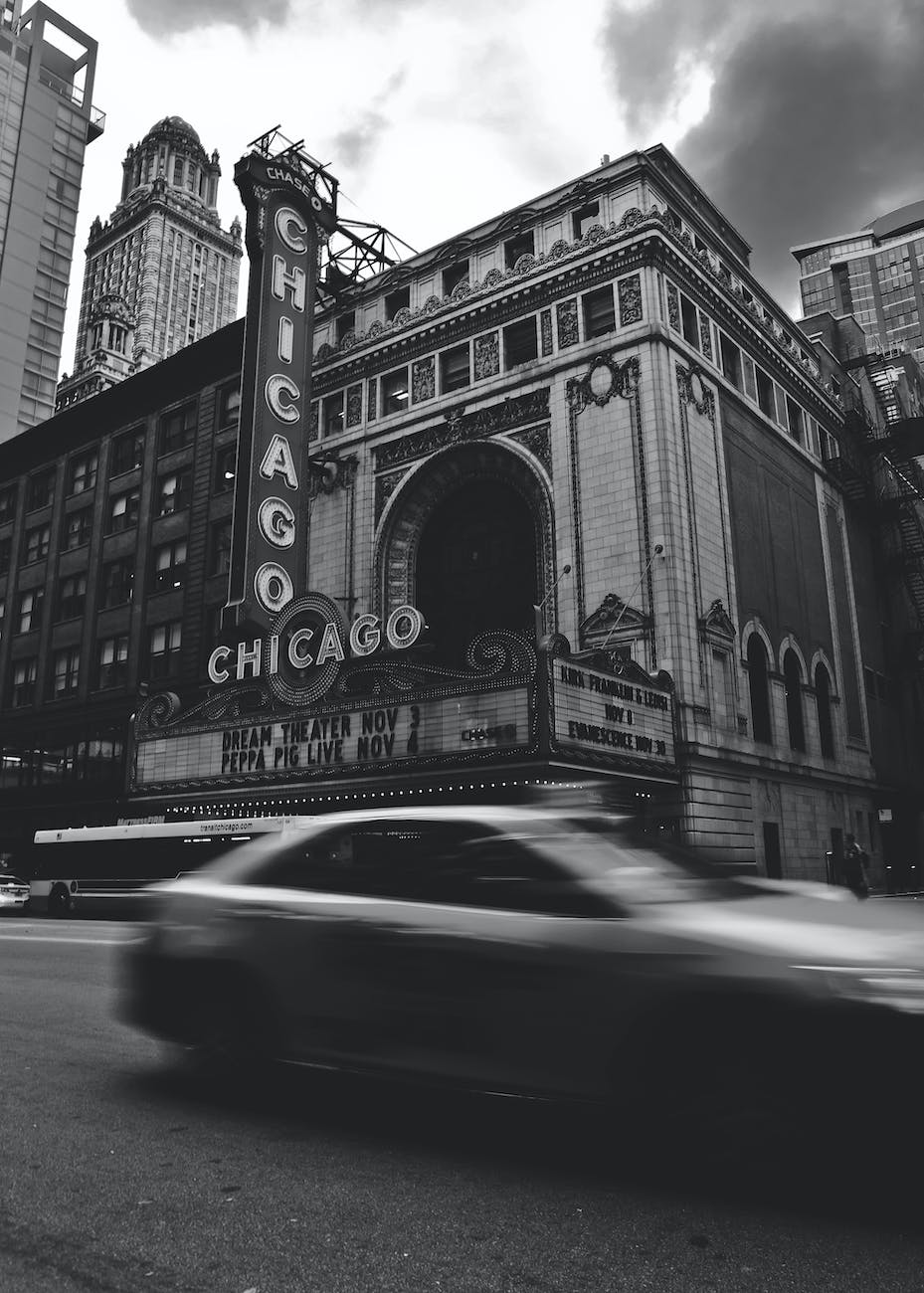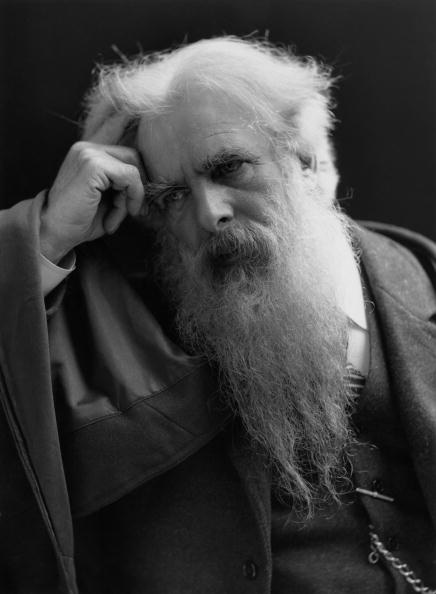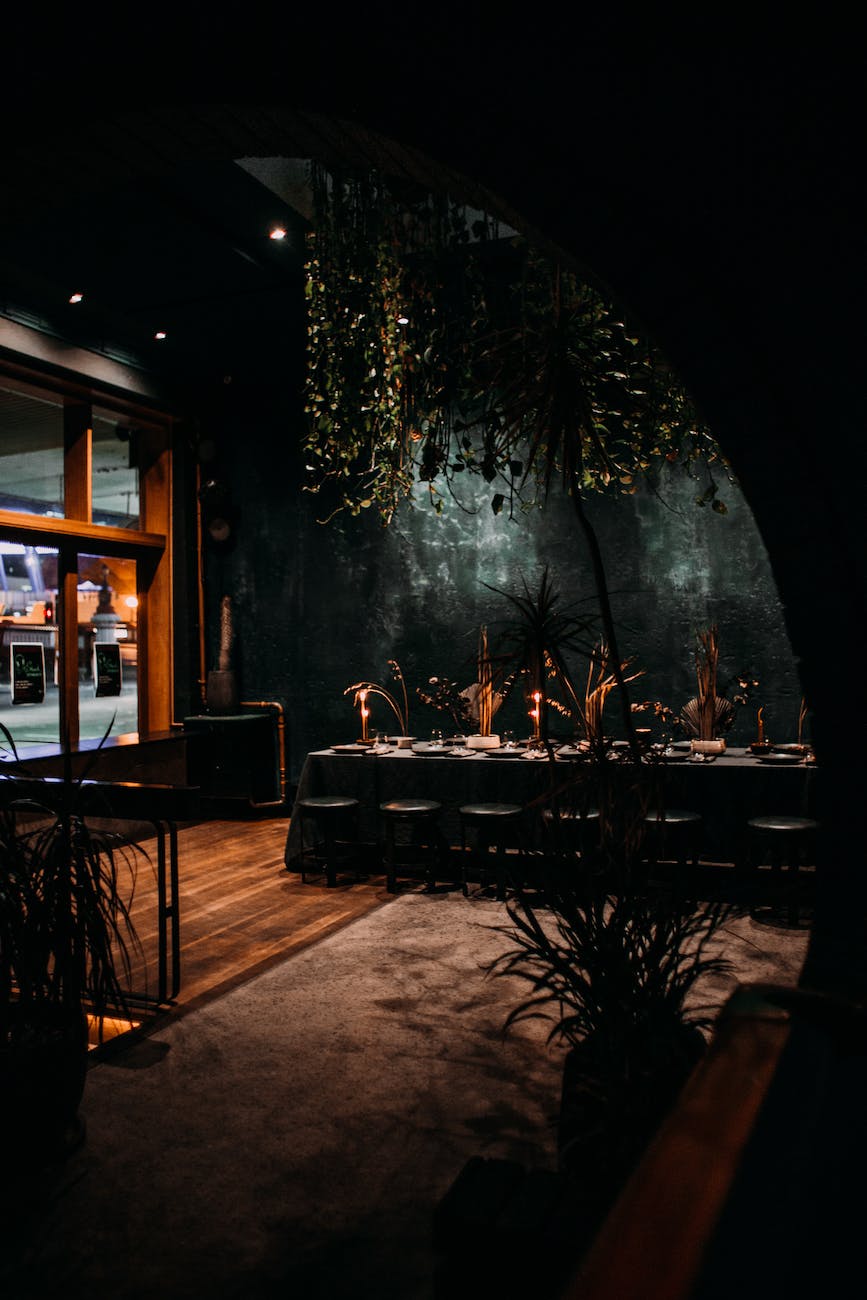
WORKPRINT STUDIOS BLOG POST #9 – Set Design in Filmmaking
Filmmaking Blog
Welcome to the Workprint Studios Blog.
WORKPRINT STUDIOS BLOG POST #9 – Set Design in Filmmaking
The Power of Set Design in Filmmaking
Set design is a vital aspect of filmmaking that can greatly impact the overall success of a film. It involves the creation of the physical environment in which the story takes place, and it plays a crucial role in creating the desired atmosphere, mood, and tone of the film. A well-designed set can transport the audience to another time and place, immerse them in the story, and enhance the emotional impact of the narrative.
Influential Set Designers in Film History
Set design has a rich history in cinema, and many talented designers have left their mark on the industry. Some of the most influential set designers in film history include William Cameron Menzies, who designed the iconic sets for “Gone with the Wind” (1939), Ken Adam, who created the futuristic sets for the James Bond franchise, and Dante Ferretti, who has collaborated extensively with Martin Scorsese on films such as “The Aviator” (2004) and “Hugo” (2011).
Techniques Used in Set Design
Set designers use a variety of techniques to create visually stunning and immersive sets. One common technique is the use of forced perspective, which creates the illusion of depth and distance by adjusting the size and placement of objects in the set. Another technique is the use of miniatures, which allows designers to create large-scale environments in a small space. Lighting and color are also important considerations in set design, as they can greatly affect the mood and tone of a scene.
Historical Dates Impacting Film Set Design
The history of film set design is closely tied to the development of cinema as a medium. A key player in the history set design was Fritz Lang and his film “Metropolis” (1927), which showcased groundbreaking use of set design to create an immersive and futuristic cityscape using optical illusions and miniatures. The introduction of sound in “The Jazz Singer” (1927), which required new techniques for soundproofing and microphone placement, the shift to color film in the 1930s, allowed designers to create more vibrant and realistic sets, The development of CGI in the 1990s, opened up new possibilities for creating digital environments.
Set Design’s Role in Storytelling
Ultimately, the importance of set design in filmmaking comes down to its role in storytelling. A well-designed set can help to establish the time and place of the story, convey the character’s emotions and motivations, and enhance the overall mood and tone of the film. It can also be used to create symbolism and visual motifs that add depth and complexity to the narrative. In short, set design is an essential component of the filmmaking process that can greatly enhance the audience’s experience of the story.
DID YOU KNOW?
- The first recorded instance of film set design was in 1907 for the film “The One-Ton-O’Fun.”
- The 1927 film “Metropolis” was groundbreaking in its use of elaborate set designs, which heavily influenced future science fiction films.
- The 1939 film “The Wizard of Oz” used over 70 sets, which were constructed by a team of over 200 workers and cost over $2 million to build.
- The 1963 film “Cleopatra” had a notoriously expensive set design, with the cost of the sets alone exceeding the entire budget of some other films made in the same year.
- The 1977 film “Star Wars” utilized models and miniatures for its iconic spaceship designs, many of which were built using pieces of plastic model kits and other found objects.
- The 1993 film “Jurassic Park” was revolutionary in its use of CGI technology to create realistic dinosaurs, which were then integrated into practical sets for the actors to interact with.
- The 2009 film “Avatar” broke new ground in its use of motion capture technology to create the film’s alien characters, which were then seamlessly integrated into a lush, detailed CGI world.
Where you can find us.
